
For the third consecutive day, Delhi finds itself at the mercy of a punishing heatwave, with maximum temperatures hovering above 43°C and the India Meteorological Department (IMD) issuing a red alert for the national capital. On Wednesday, parts of the city recorded temperatures as high as 45.3°C, pushing heat stress levels to dangerous extremes and raising serious concerns over public health, infrastructure strain, and environmental impact.
A Heatwave With No Exit Sign
According to IMD data, Wednesday’s peak temperature was recorded at Najafgarh at a sweltering 45.3°C, only marginally lower than Tuesday’s peak of 45.5°C. Meanwhile, other stations across Delhi, including Aya Nagar and Ridge, recorded between 43°C and 44°C. The red alert, the highest level of heat warning, signals that extreme heat could pose a threat even to healthy individuals if precautions are not followed.
Under IMD’s guidelines, a red alert is triggered when the maximum temperature crosses 45°C or is 4.5°C higher than normal for several consecutive days. With no rain relief in sight and dry northwesterly winds persisting, Delhiites are advised to avoid exposure during peak hours, stay hydrated, and limit outdoor activity.
Wet-Bulb Temperature Alarms Health Authorities
Perhaps even more alarming than the dry-bulb readings is the city’s wet-bulb temperature—an index that combines heat and humidity to determine the actual physiological stress on the human body. On Wednesday, the wet-bulb temperature rose to 29.6°C, dangerously close to the 35°C threshold that scientists consider the upper limit of human survivability.
At 2:30 PM, the heat index—a measure of how hot it feels when humidity is factored in—stood at 51.9°C with relative humidity at 39%. Even in the evening, the heat index showed no mercy, thanks to humidity levels increasing to 39% by 5:30 PM.
The wet-bulb temperature becomes a critical factor when it comes to evaluating heat risk, especially for outdoor workers, children, the elderly, and people with pre-existing health conditions. According to the IMD, exposure to wet-bulb temperatures above 30°C can lead to heat stroke, organ failure, and death in extreme cases if cooling mechanisms (like sweating or air conditioning) fail.
Winds of Dry Despair and Delay in Monsoon
Meteorological experts are pointing to two major culprits behind the extended heatwave: dry continental air from the northwest and a delayed onset of the southwest monsoon. Normally expected to bring some reprieve by early June, the monsoon has faltered this year. Kerala, the traditional gateway for the monsoon into India, only received its first significant rainfall on May 26. Maharashtra followed suit on May 30, delaying the overall progression northward.
The IMD has predicted that temperatures will remain elevated through the rest of the week, with only a slight dip expected in some areas. IMD scientist Krishna Mishra cautioned, “There is little immediate relief in sight. Delhi will likely continue facing heatwave-like conditions till Friday.”
Pollution Compounds the Crisis
As if heat alone wasn't enough, Delhi’s air quality has also taken a hit. On Wednesday, the Central Pollution Control Board (CPCB) recorded an Air Quality Index (AQI) of 245, falling into the "poor" category. Elevated levels of particulate matter (PM10 and PM2.5) combined with rising ground-level ozone, a pollutant intensified by strong sunlight, added another layer of health concern for residents already battling dehydration and heat exhaustion.
Coping with the Crisis
Hospitals are beginning to report a higher number of heat-related illnesses, including dehydration, cramps, and cases of heatstroke. Authorities are advising citizens to stay indoors between 12 PM and 4 PM, the hottest part of the day, and to drink fluids regularly even if they do not feel thirsty.
Meanwhile, several government departments have been put on alert to ensure uninterrupted power and water supply. Tankers have been dispatched to water-scarce areas, and public cooling zones are being considered in heavily affected urban clusters.
As Delhi waits for the monsoon’s mercy, this episode serves as a stark reminder of the city’s increasing vulnerability to climate extremes—a problem that is neither sudden nor short-term. With global temperatures rising steadily and urban heat islands intensifying local weather anomalies, the need for climate-resilient infrastructure, early warning systems, and community preparedness has never been more urgent.


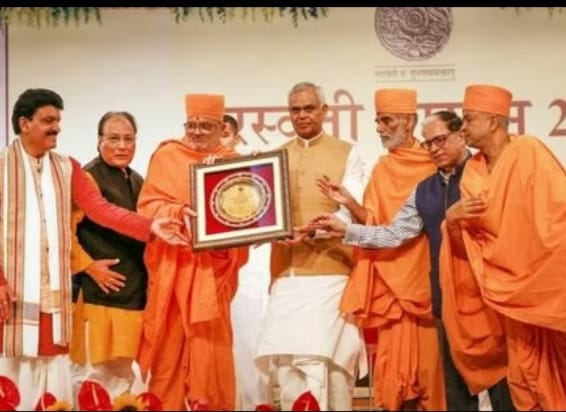
.jpeg)


.jpeg)


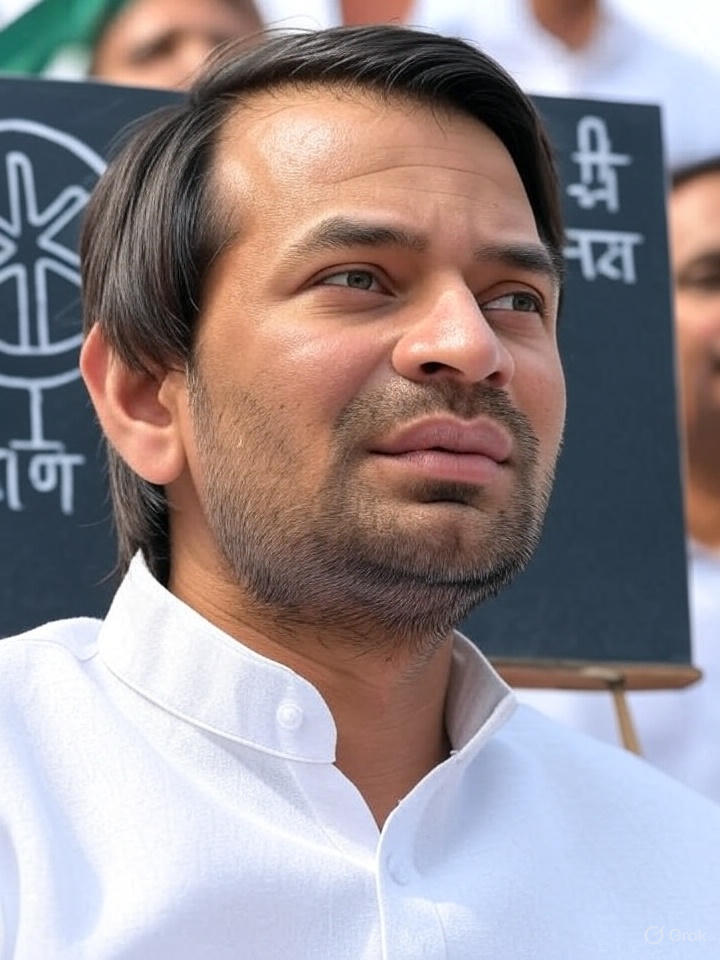
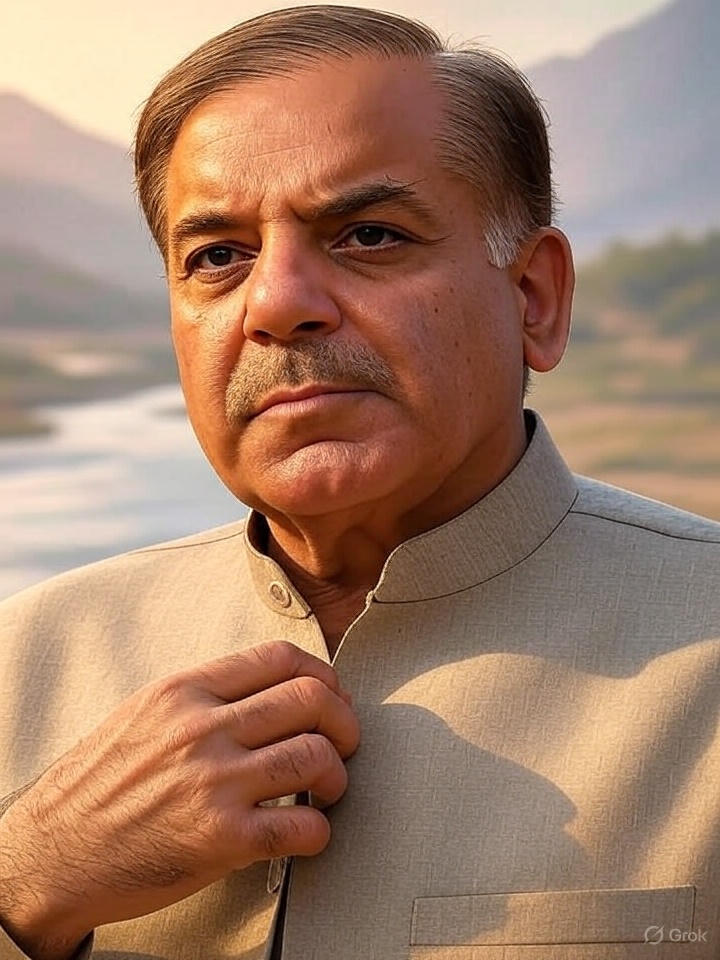
.jpeg)

.jpeg)
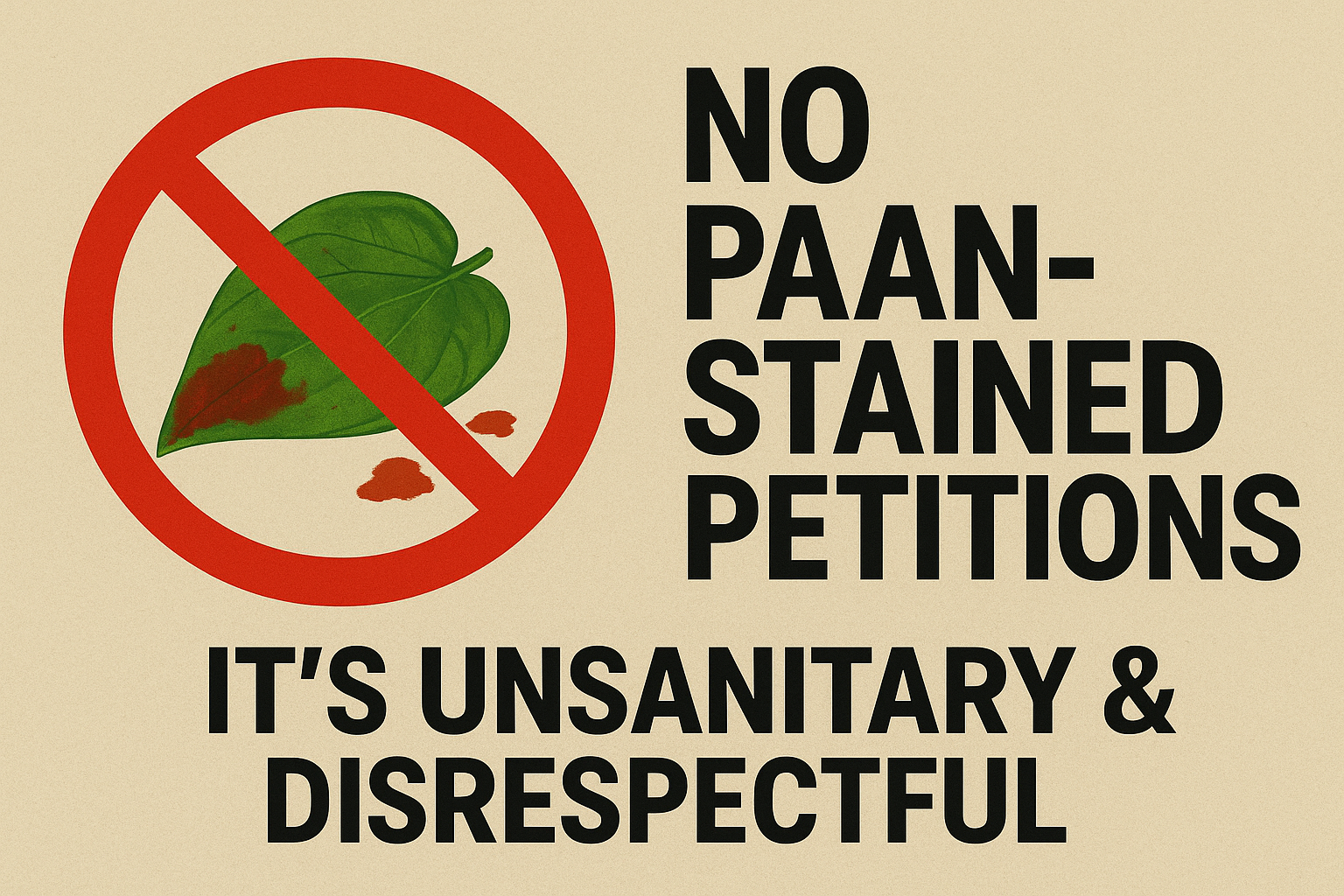

.jpeg)

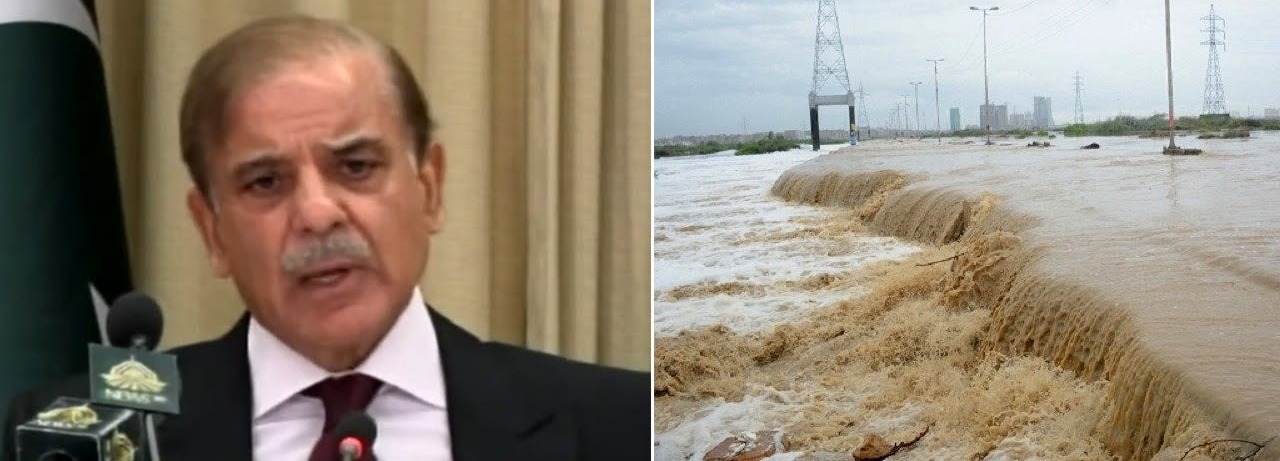
.jpeg)

.jpeg)